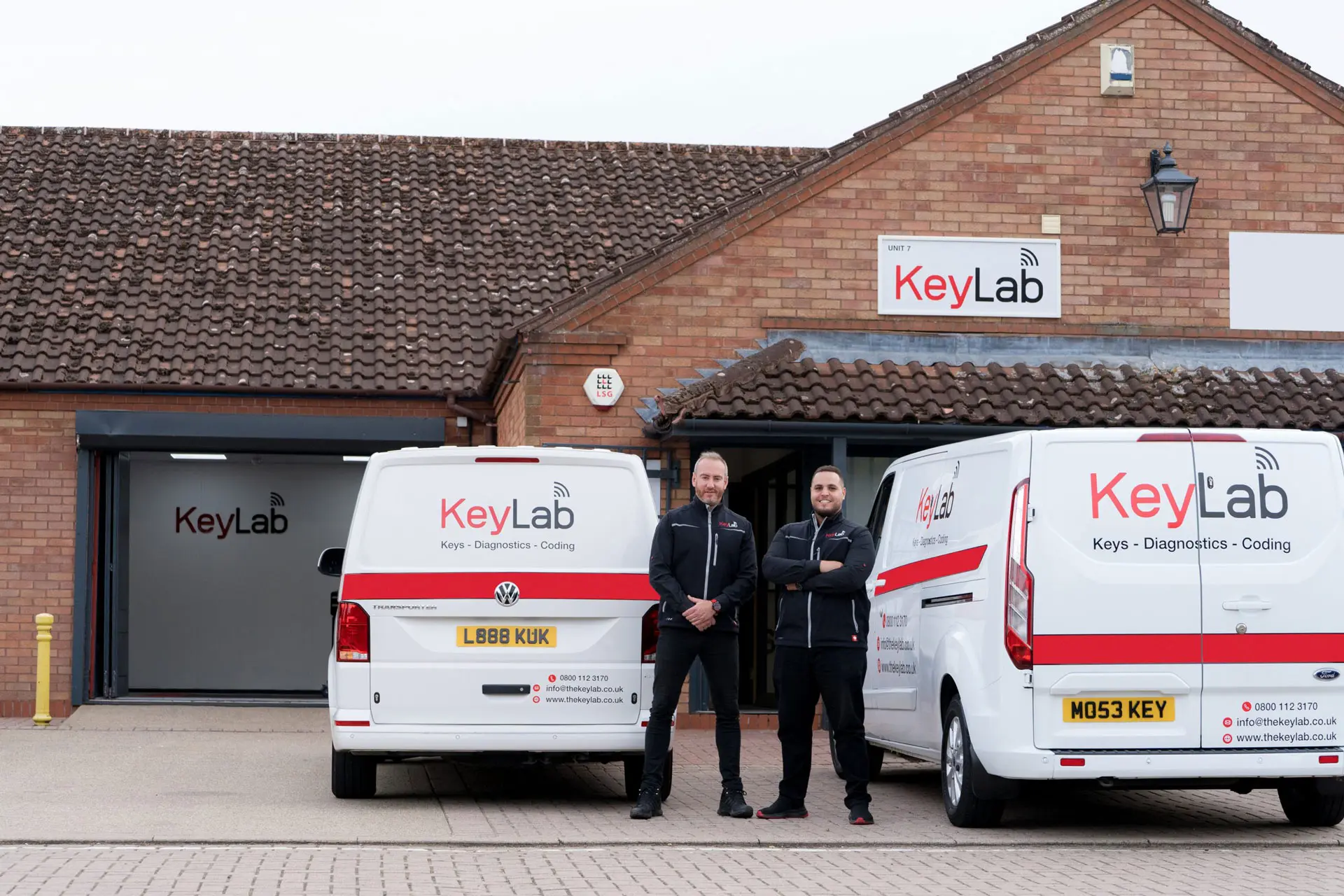Comprehensive Guide to Door Lock Repair: Ensuring Security and Functionality
Door locks play an important role in protecting homes and businesses, supplying assurance and protecting valuable possessions. Nevertheless, in time, door locks might experience malfunctions or break due to numerous elements. This article explores the typical issues related to door locks, reliable repair methods, and useful maintenance ideas for guaranteeing their longevity and performance.
Comprehending Door Lock Types
Before delving into repair methods, it is essential to understand the numerous kinds of door locks. car lockout service may provide unique concerns requiring various methods to repair. The most typical door lock types consist of:
| Lock Type | Description | Typical Issues |
|---|---|---|
| Deadbolts | Bolt that extends into the door frame for security. | Sticking, problem turning, misalignment |
| Knob Locks | Round lock discovered on doors. | Loose knobs, stuck key, broken springs |
| Lever Handle Locks | Lever-operated locks typically discovered in industrial areas. | Manage looseness, lock cylinder problems |
| Smart Locks | Electronic locks managed via app or keypad. | Connection concerns, battery failure, software problems |
Typical Lock Problems and Repair Techniques
1. Sticking or Jammed Locks
Signs:
- Difficulty turning the key
- Key gets stuck
- Lock feels stiff
Repair Steps:
- Lubrication: Apply a graphite-based lube to the keyhole and key system. Prevent oil-based lubricants, which can attract dirt.
- Change: Check if the door or lock is misaligned. Adjust the screws or hinge positioning as required.
- Cleansing: Remove dirt and debris from the lock cylinder using compressed air or a clean fabric.
2. Loose or Wobbly Knobs and Handles
Signs:
- Knobs or manages fall out of location
- Excessive motion when turning
Repair Steps:
- Tightening Screws: Using a screwdriver, tighten the screws that hold the knob or deal with in location.
- Replacing Washers: If elements are worn, consider replacing washers or internal components specific to the lock type.
3. Broken Key Issues
Signs:
- A key becomes stuck within the lock
- The key breaks off in the cylinder
Repair Steps:
- Retrieval: If a key breaks off, use a pair of needle-nose pliers to thoroughly extract the piece from the lock.
- Key Replacement: For badly harmed keys, obtain a duplicate or rekey the lock to make sure security.
4. Misaligned Locks
Symptoms:
- The door does not close properly
- Lock does not engage with the strike plate
Repair Steps:
- Adjust Hinges: Use a screwdriver to tighten or rearrange hinges.
- Straighten Strike Plate: If the lock bolt does not line up with the strike plate, consider moving the plate somewhat to accommodate the latch.
5. Smart Lock Malfunctions
Signs:
- Lock fails to react to keypads or mobile phone apps
- Connection issues
Repair Steps:
- Battery Check: Replace the batteries within the smart lock if it shows indications of power failure.
- Software application Update: Check for firmware or software updates through the lock producer's application.
Preventive Maintenance Tips
Preserving door locks can extend their life expectancy and decrease the likelihood of malfunctions. Think about the following tips for effective lock upkeep:
- Regular Lubrication: Apply graphite-based lubricant every 6 months to keep internal components moving smoothly.
- Inspect Regularly: Periodically check locks for any indications of wear, misalignment, or damage.
- Safeguard Against Weather: For exterior locks, think about utilizing weather-resistant locks and make sure that they are routinely cleaned to eliminate harsh aspects.
Frequently asked question Section
1. How frequently should I change my door locks?
It is a good idea to change your door locks whenever you move into a new home, experience a burglary, or your existing locks show significant wear. Routine assessments can also direct timely replacement.
2. What can I do if my lock is frozen throughout winter?
Use a lock de-icer that is specifically developed for this situation. Applying heat (like a hair clothes dryer) may likewise assist, but beware of harming the lock.
3. Can I repair a lock myself?
Numerous small lock concerns such as lubrication, tightening screws, and realignment can be solved DIY. However, if the problem is severe or requires a lock rekeying, expert assistance might be needed.
4. When should I call a locksmith?
If your efforts to repair the lock fail or if you find yourself locked out, it is best to seek advice from a professional locksmith for assistance.
Investing time in understanding and performing door lock repairs can significantly enhance the security and functionality of your locks. Acknowledging typical concerns and proactively resolving them, while integrating preventive upkeep practices, can guarantee that your door locks stay trusted for several years to come. Should issues continue or intensify, professional locksmith services are always offered to safeguard your security needs.

